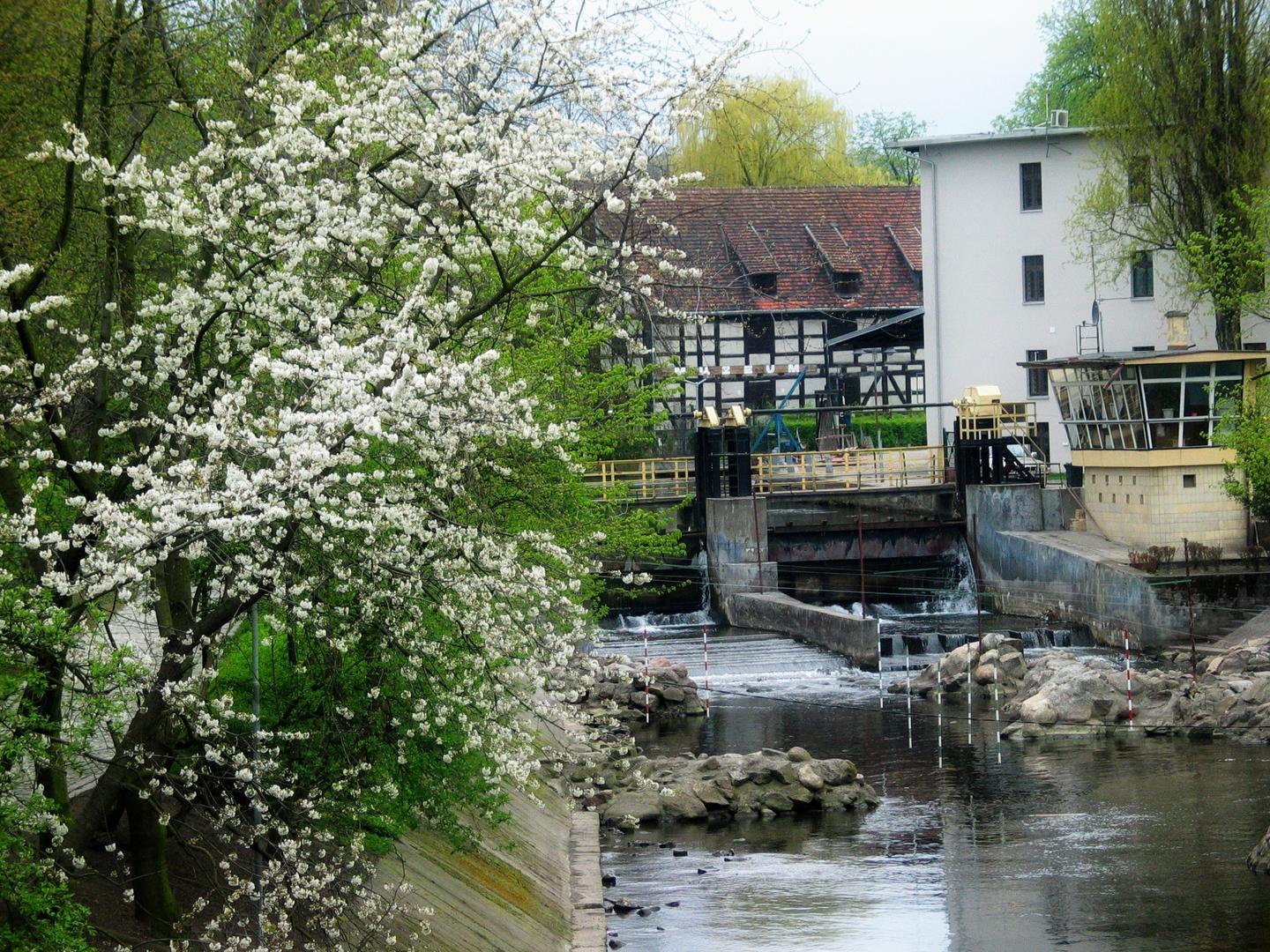Through the EEA and Norway Grants, Iceland, Liechtenstein and Norway contribute to reducing economic and social disparities in the European Economic Area (EEA) and strengthening bilateral cooperation with the 15 beneficiary states in Central and Eastern Europe. Supporting cultural heritage has always been an important priority under the grants, which also provide funding in many other areas from environmental protection and research, to public health and civil society.
Plugging the funding gap
When the EEA and Norway Grants were set up in 2004, little funding was available at EU or national level for cultural heritage. With many heritage sites and historical buildings in dire need of renovation following decades of decline and neglect during the communist period, the EEA and Norway Grants have helped to plug that gap. As well as making an important contribution to saving cultural heritage treasures, the grants have also promoted widespread cultural exchange and cooperation.
Supporting cultural partnership
In the funding round 2004-09, protection of European cultural heritage was a priority sector in all the beneficiary countries. 224 projects and three funds have benefited from €256 million in grant support, with Norwegian partners involved in 35 of the cultural heritage projects. These have included municipalities, counties, cultural institutions, museums, research institutions and, in some cases, private organisations.
Notable among the cultural funds is the €10.6 million Cultural Exchange Fund in Poland, which supports partnership projects between Poland and Iceland, Liechtenstein and Norway within the fields of music and performing arts, cultural heritage, plastic and visual arts, literature and archiving techniques.
Boosting local economies
The main focus for many of the projects under the cultural heritage priority has been on renovation and restoration - of historical buildings, key landmarks, museums and religious monuments, as well as developing new facilities for cultural events. Others have supported digitalisation and documentation of historical publications - bringing cultural treasures back to life and making accessible both for local communities as well as tourists. The investment has helped to inject new life into towns and regions formerly in decline, providing a welcome boost for local economies, by creating jobs and increasing visitor numbers.
Although the specificities of programmes in most of the beneficiary countries still need to be finalised for the grants schemes 2009-14, cultural heritage will undoubtedly remain a significant priority, building on the success stories from the previous round. Programmes and projects in this field will also continue to place an important emphasis on partnership – fostering the sharing of knowledge and experience between donor and beneficiary states on heritage restoration.
Photo: Robert Sawicki/Urz¹d Miasta Bydgoszczy
